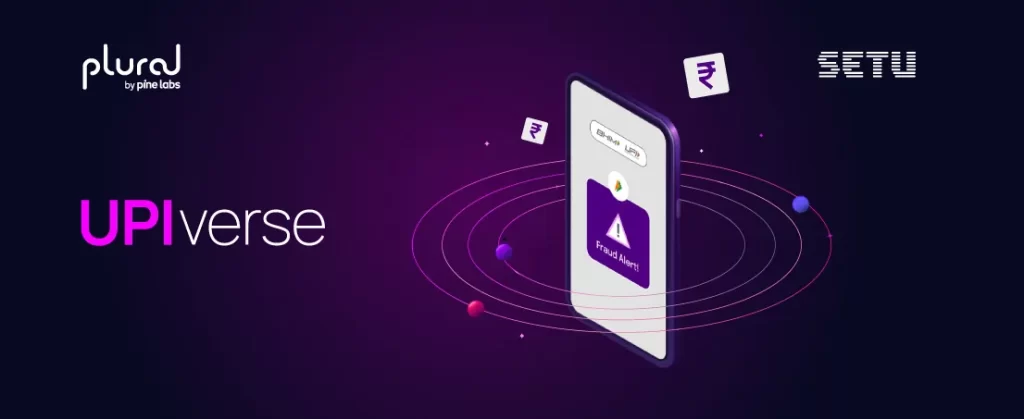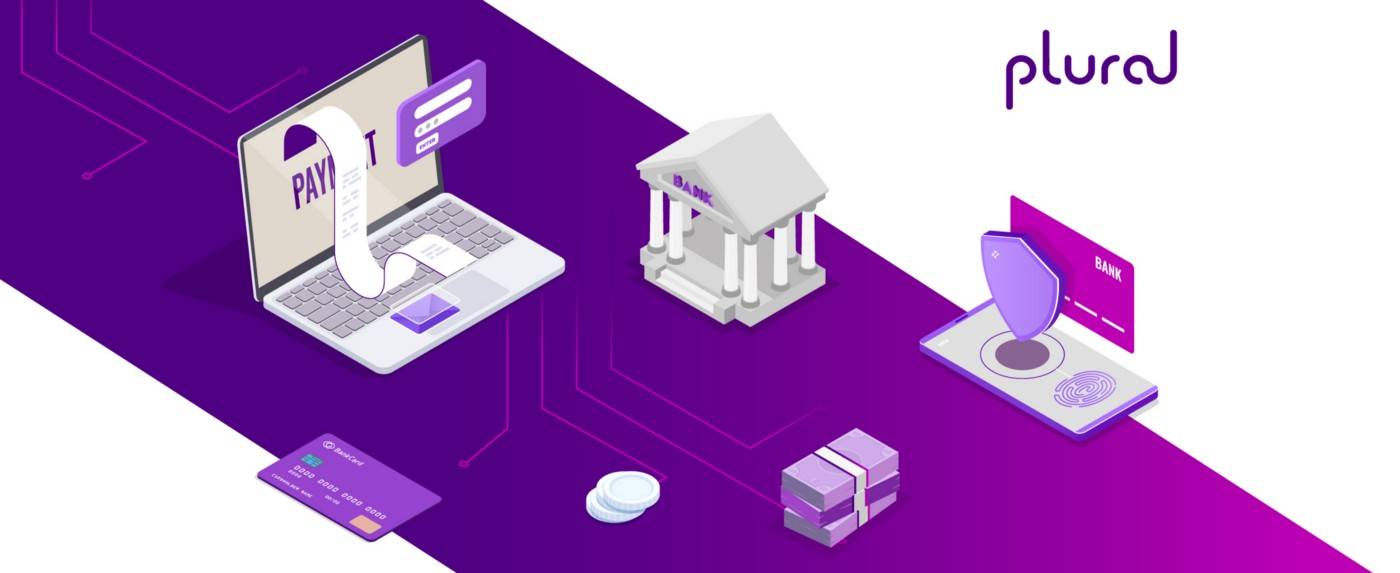UPI has made our life much easier, but there’s also a flip side to it. The rise in UPI payments has increased the risk of UPI fraud, with scammers devising new and ingenious ways of defrauding users. Approximately 1.4 lakh UPI frauds were reported in the first two quarters of 2022. But fret not! You can save yourself from scams if you remain vigilant while making online payments.
Read on to identify the common UPI frauds and discover ways to secure your hard-earned money from online fraudsters.
The risk involved in UPI transactions
For the uninitiated, Unified Payments Interface (UPI) is a digital payment method launched in India in 2016 and regulated by the RBI. You can set up a UPI ID using your bank details and registered mobile number. Once registered, you can transfer money instantly using a 4-digit UPI PIN.
The best feature of UPI is that you do not have to remember recipients’ bank details while transferring money to their accounts. All you need is their mobile number or UPI ID to make instant transfers any time of the day. Today, almost everyone accepts UPI payments, from shopping malls to retail stores, cab drivers, and street vendors.
Although UPI systems have incredible usability, they are also vulnerable to certain frauds. Users risk being exposed to unauthorised links, fraudulent handles, or getting their screens monitored by fraudsters. Security measures like encryption haven’t yet succeeded in curbing all types of UPI fraud.
Common UPI frauds
To safeguard your account, you must first understand how fraudsters misuse the payment system. Here’s a look at the common types of UPI fraud you need to be aware of:
1. Phishing scams
Phishing is the most common UPI fraud, where victims are sent unsanctioned links that look similar to the original URLs of businesses or banks. Unassuming customers click on the link and lose their money to scammers.
2. Remote screen monitoring
Fraudsters pose as bank representatives asking you to download third-party applications for verification or grievance resolution. Once downloaded, these unverified apps give them remote access to your phone, and they can use the information stored on your phone any way they like.
3. Deceptive UPI handles
Fraudsters make fake pages on social media that look similar to those of original companies. Many innocent victims fall prey to this scam and give out their personal information and UPI handles to these sites.
4. Fake calls
Fraudsters call you claiming to be bank employees or government agents. They weave a web of lies to get you to share your PIN or OTP with them. Once they gain access to your bank accounts, they steal your money.
5. Money mule
A money mule is an elaborate fraud technique where fraudsters dupe victims into laundering stolen or illegal money via their accounts. They contact victims, convincing them to receive cash in their account for attractive commissions and transfer it to other accounts at their request. When the fraud is reported, the innocent become the victims of police investigations.
6. SIM cloning
SIM cloning is a relatively new and sophisticated fraud technique. Here, fraudsters clone your SIM so they can compromise your phone. Then, they obtain your bank account information and ID proof to reset your UPI PIN and use it nefariously.
How to secure your account from UPI frauds
Now that you know how fraudsters can trick you, follow these security measures on how to prevent UPI fraud:
1. Never share your UPI PIN
Never share your UPI PIN with anyone claiming to represent any bank or government institution. These entities will never ask for your PIN. The fraudsters instil in you the fear of losing your account access or missing some important updates; do not fall for the trap.
2. Avoid random payment requests
Go ahead with the payment request only when you are confident of the identity of the person making the request. Use spam filters in your UPI application to be warned of fraudulent requests. Also, remember that you do not have to click ‘pay’ or enter your PIN to receive payments to your account.
3. Never give access to your mobile/computer controls
Do not give access to your mobile or computer controls to anyone, even those who claim to make important setting updates or update your KYC.
4. Do not click on suspicious links received via SMS or email
Avoid clicking on suspicious links received through SMS, WhatsApp, email, or any social media sites. They may entice you with lottery claims or overseas jobs but instead lead you to phishing sites and steal your private information.
5. Use verified apps only
Nowadays, many apps are available for shopping, gaming, or securing stocks and loans. Be careful to only use verified apps for safety. Download them from official sources such as the Google Play Store, Apple App Store, or Windows App Store.
6. Change your UPI PIN regularly
Changing your UPI PIN every month is a good practice to secure your account. If not every month, you must change it at least every quarter.
7. Set Up UPI payment limits
Enable UPI limit for daily transactions. It can minimise the impact of fraud in case you fall prey to one.
How to report UPI fraud in India?
If you suspect fraudulent activity with your account, immediately inform your bank and the National Cyber Crime Helpline. They will raise a dispute and block the card linked with your UPI. If the fraud is caused by bank negligence or a third-party breach, you can get the entire amount back by notifying the bank within three working days.
Further, the Government requires all e-commerce firms to acknowledge UPI-related complaints within 48 hours and redress them within a month. If you do not get a satisfactory response from the bank or payment service provider, you can approach the RBI Banking Ombudsman.
Final words
As they say, prevention is better than cure. So always keep track of your bank transactions and follow the safety tips on how to prevent UPI frauds. One way to stay safe is to use secure payment gateways like Plural’s UPI payment gateway. We have implemented security standards and protocols to safeguard your information and money while transacting.
Apart from ensuring safety, we also enable ease of payment with multiple features such as:
- UPI Intent Flow
Plural accepts UPI Intent payment requests for both payment gateways and links. Customers can now complete UPI payments on the business website itself. No need to switch to UPI apps.
- UPI Autopay
UPI Autopay is a payment solution to collect recurring payments using UPI as the primary payment method.
A UPI-based solution that enables merchants embed UPI payments on WhatsApp and other popular platforms to collect payments from customers easily.
- UPI Switch by Setu
UPI Switch by Setu is the industry’s first end-to-end solution for merchants to adopt all UPI-based product offerings. It offers a robust product layer to cater to any use case in the market, including autopay, eRUPI, links, QR, and credit card-based payments.
You can find all these products in the UPIverse — a complete suite of UPI offerings for businesses by Plural and Setu.
UPIverse is your go-to platform for all things UPI. Think UPI, think Plural. Interested in getting started? Drop in your details here and get early access.
Plural by Pine Labs has received an in-principle authorisation from the Reserve Bank of India (RBI) to operate as a Payment Aggregator.
Setu has received an in-principle authorisation from the Reserve Bank of India (RBI) to operate as an Account Aggregator.

Amrita Konaiagari is a Marketing Manager at Plural by Pine Labs and Editor of the Plural blog. She has over 10 years of marketing experience across Media & Tech industries and holds a Master’s degree in Communication and Journalism. She has a passion for home décor and is most definitely a dog person.



